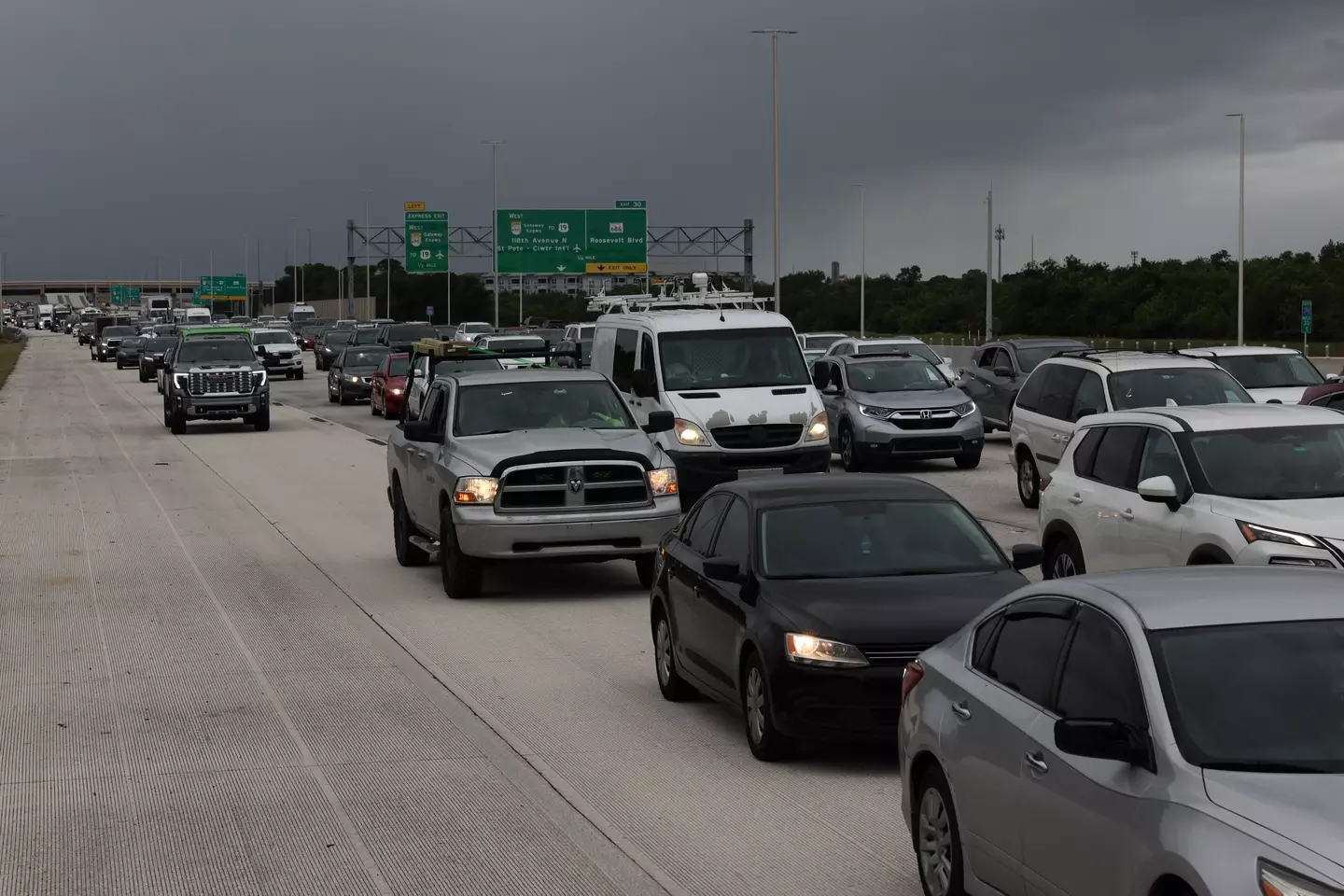Hurricane to hit US is reaching max limits as one of largest ever recorded with experts questioning if new category should be made
Hurricane Milton’s wind speeds have reached well above the starting range of category five
Multiple experts are questioning whether the storm category system needs to be developed as a result of the predicted strength of Hurricane Milton.
Hurricane Helene hit Florida’s Big Bend less than two weeks ago and now Hurricane Milton is following in its wake, with the US National Hurricane Center (NHC) issuing urgent warnings after it progressed to the top category on the Saffir-Simpson Hurricane Wind Scale.
Category five is stated as seeing winds at speeds of ‘157 mph or higher (252 km/h or higher)’ with ‘catastrophic damage’ occurring.
It details: “A high percentage of framed homes will be destroyed, with total roof failure and wall collapse. Fallen trees and power poles will isolate residential areas. Power outages will last for weeks to possibly months. Most of the area will be uninhabitable for weeks or months.”
By yesterday evening, the hurricane’s winds reached 180mph – well above that of category five of the scale – and while the hurricane has since decreased to a category four, concerns are mounting it could go beyond category five once again.
Now, questions are being raised as to whether the Saffir-Simpson Hurricane Wind Scale is adequate when considering the danger of such hurricanes.

Retired federal scientist and science advisor at the nonprofit First Street Foundation Jim Kossin noted to USA Today the current category systems leaves five open ended to ‘infinity’ and that the category is subsequently ‘becoming more and more inadequate with time because climate change is creating more and more of these unprecedented intensities’.
In a paper published earlier this year in collaboration with Lawrence Berkeley National Laboratory climate scientist Michael Wehner, the pair discussed a ‘hypothetical category six’ category with a minimum threshold of 192 mph.
Looking back at hurricanes and typhoons which have occurred since 1980, they found ‘a number of recent storms have already achieved this hypothetical category six intensity, and based on multiple independent lines of evidence examining the highest simulated and potential peak wind speeds, more such storms are projected as the climate continues to warm’.
While not suggesting the scale be adapted and category six added due to the lengthy nature of such a process, the experts hope the study prompts ‘discussions about how to better communicate risk in a warming world’.
What’s more, the scale focuses on wind and so doesn’t fully weigh up the dangers of storm surges and flooding from rainfall, which can prove even more deadly.

Professor Michael E. Mann also took to Twitter to argue: “A compelling argument has been made that a hurricane with sustained wind speeds of 192mph or greater should be considered ‘category 6’.”
He added: “There is some speculation that #Milton might have actually breached the 192 mph ‘cat 6’ cutoff. Stay tuned…”
However, a category six has been deemed ‘unnecessary’ by Fox Weather meteorologist Mike Rawlins who ultimately told the Post he’s not ‘aware’ of any new scale being created ‘at this time’.


